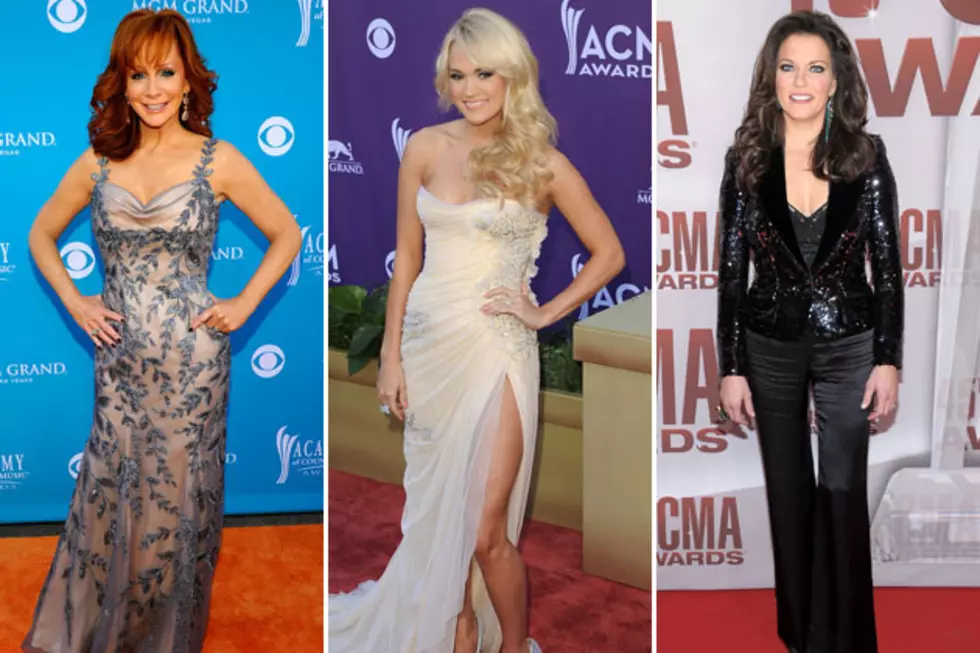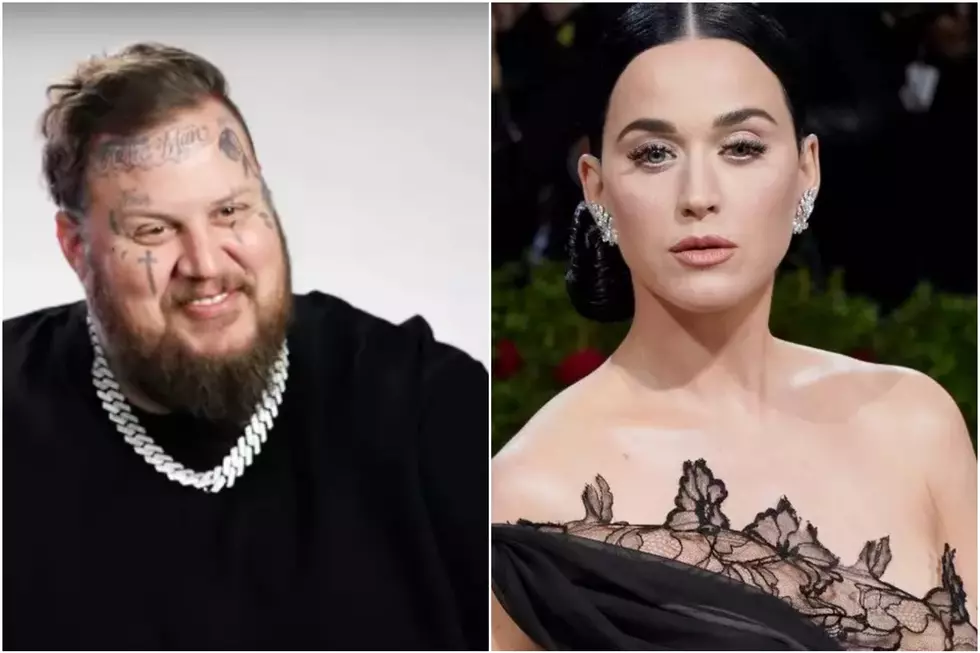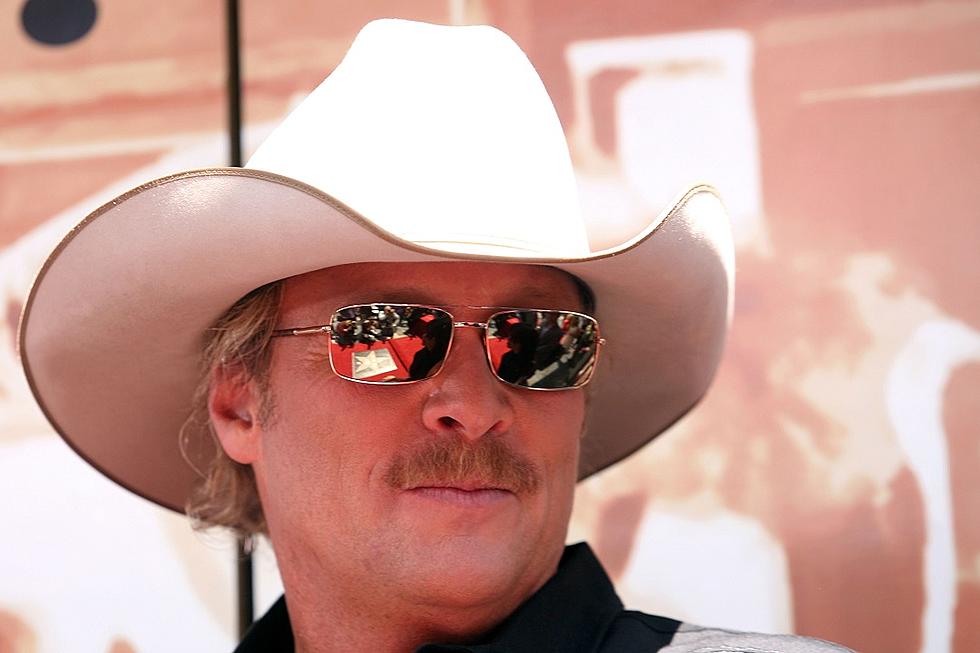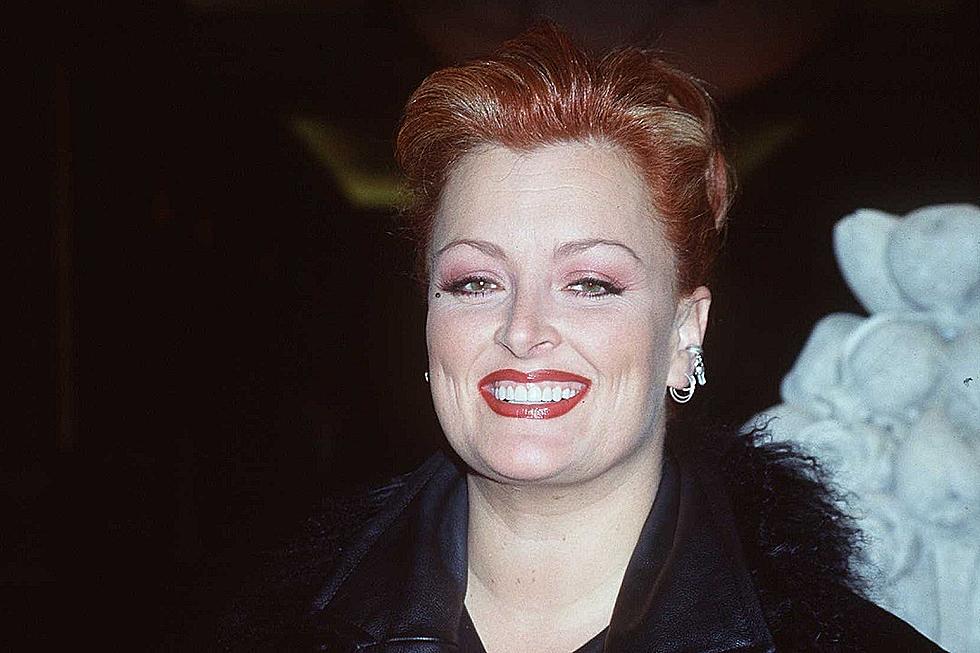
New Study Shows Female Country Artists Remain Steady in Numbers, Decrease in Success
In recent months, more and more discussions have been taking place within the country music industry and among country music fans about the lack of women at country radio. Blame it on the trend of "bro-country," or blame it on the recent #SaladGate controversy, but the fact remains that female artists are noticeably absent from the airwaves.
However, according to a recent study by Devarati Ghosh, a New York-based political economist and Stanford University Ph.D. candidate, and published in Billboard, the issue isn't a lack of women being introduced to country radio. In fact, according to Ghosh's study, in the past 20 years -- from the Faith Hill and Shania Twain era, through the time of Miranda Lambert, Carrie Underwood and Taylor Swift, up to now -- the number of female artists being introduced to radio has remained fairly constant.
"What we see is that the proportion of solo females being brought to country radio remained pretty steady over the three … blocks, but [their] success rate … has declined significantly," Ghosh writes. "Meanwhile, success rates for men in scoring initial radio success have climbed, while the success rates for solo men in consolidating initial radio success have remained considerably higher."
Ghosh broke her study into three time periods: 1992-1999, 2000-2007 and 2008-2015. During the first period, 44 percent of the new female artists and 42 percent of the new male artists from major labels landed a Top 20 hit, while in the second time frame, 40 percent of the women and 55 percent of the men landed a Top 20 single. But in the most recent time period, only 32 percent of the women landing a Top 20 hit, compared to 57 percent of the men.
More importantly, from 2008-2015, 75 percent of the new male artists scored a second Top 20 single, but not one new female artist did.
Of course, not all of country's women are included in this study: Groups featuring females, including Little Big Town and Lady Antebellum, have had several charting songs recently, and female duo Maddie & Tae earned a No. 1 single with their debut tune, "Girl in a Country Song." Although Maddie Marlow and Tae Dye were included in Ghosh's study because they are a duo, their chart-topping "Girl in a Country Song" made them the first female act to grab the No. 1 spot since Underwood‘s "Blown Away" in 2012.
The good news is that things might be improving: Kelsea Ballerini recently earned a No. 1 hit with her debut single, "Love Me Like You Mean It," which is the first debut single from a solo female artist to go to No. 1 since Underwood's “Jesus, Take the Wheel” landed there in 2006. However, on the other hand, only one female solo artist, country newcomer Cam, is in the Top 30 of the Billboard Country Airplay chart for the week of Aug. 1; she's at No. 28.
The lack of women at radio is certainly getting some attention, but Martina McBride says that' it's time for action instead of just words.
"You have record companies that don’t invest in female artists or sign female artists as much, thinking they’re not going to get the return in investment or get played on the radio. You have songwriters who aren’t writing songs for females as much because they don’t get played on the radio,” she says. “So it just kind of becomes this self-fulfilling prophecy."
Surprising Facts About Women in Country Music
More From TheBoot









